Temporomandibular Joint Dysfunction
Do you suffer from pain in the jaw joint, headaches related to Temporomandibular Joint Dysfunction (TMJ Dysfunction), teeth grinding or bruxism, and jaw tension?
TMJ conditions can cause pain in the muscles that regulate jaw movement and in the jaw joint.
Pain can be a combination of issues, such as teeth grinding or clenching, arthritis or an injury to the jaw.
Traditionally orthodontic splints have been used along with physiotherapy, cognitive therapy and oral medications, however increasingly non-surgical medical treatments are now being used. Most cases of Temporomandibular Joint Dysfunction and the pain and discomfort associated with it can be eased with this non-surgical treatment.
This treatment is effective and non-invasive with no downtime and minimal discomfort. It helps to relax the muscles and alleviate pain.
Frequently Asked Questions
-
Cosmetic Image Clinics in our award winning Aquarius Health and Medispa, voted best Medispa for 2014 by the Australasian Spa Association is owned and operated by Dr Ingrid Tall who has over 20 years of experience in the cosmetic medicine industry.
Our clinic is medically supervised and if experience and credibility is what you are looking for, then make Queensland’s largest cosmetic clinic, Cosmetic Image Clinics your preferred provider.
-
Temporomandibular Joint Dysfunction (TMJ Dysfunction) is a condition of the jaw muscles and nerves triggered by damage to the temporomandibular joint.
This joint is the connection between the mandible and the skull. The damaged joint causes pain through the face, neck or jaw. Limited jaw movement, painful clicking or popping of the jaw and a change in the way the upper and lower teeth are aligned can be a symptom of this condition.
-
While the causes of TMJ Dysfunction are not fully understood, multiple factors can contribute to this condition.
Some of the causes can include stress or anxiety; malocclusion of or trauma to the teeth or jaw; arthritis or other inflammatory musculoskeletal ailments; bad posture or excessive gum chewing.
-
At Cosmetic Image Clinics we use a non-surgical treatment that has no downtime and minimal discomfort.
It takes only approximately five minutes for the procedure to be completed. Ice and a vibrating instrument can be used to minimise discomfort which makes this is a surprisingly quick and easy procedure.
By relaxing the bulky masseter muscle and eventually ‘shrinking’ the muscle by causing atrophy in the chewing muscle, the temporomandibular joint is under less pressure. This can lower inflammation in the joint itself. The resting muscular tension in the masseter muscle is lowered which can cause relief in the jaw area for many people suffering from TMJ Dysfunction.
-
This non-surgical treatment takes approximately three days to begin to relax the muscle and four weeks before it peaks and plateaus. People often feel relief within that time frame.
Sometimes it takes longer for the inflammation and pain to settle than it takes for the masseter muscle to relax due to the healing process.
For the muscle to begin to shrink, the process takes approximately six weeks to two months and occasionally longer.


